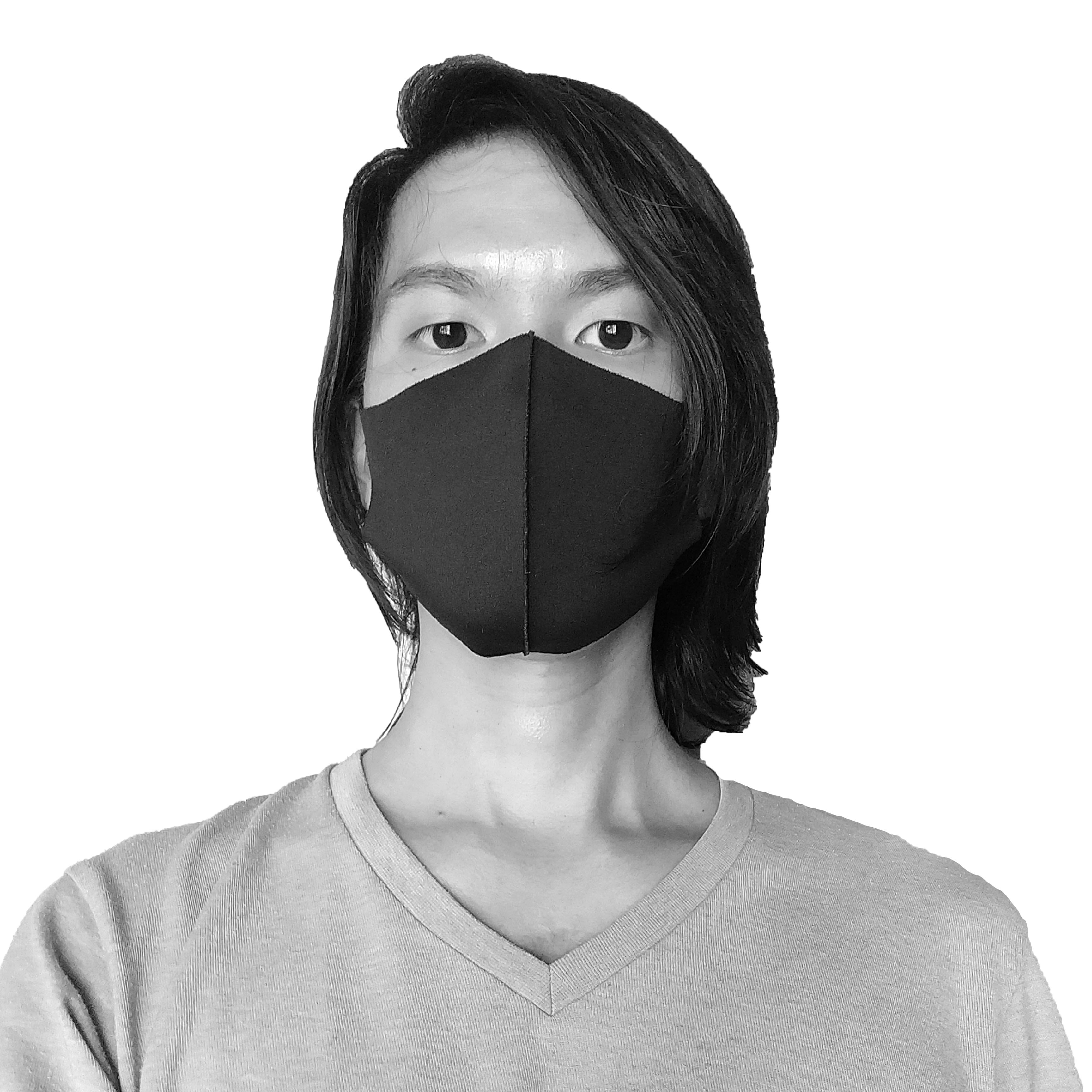HONG KONG, China — The meeting took place in a private room in a Shenzhen restaurant. Within a navy blue duffel bag were clattering bone-hued beads, amulets, and bracelets.

He placed a disk in my hand, with a hole drilled near its rim and a red tassel dangling from it to assume the appearance of a lucky charm. It nearly covered the entirety of my palm and had a Chinese poem carved on one side, with a bull on the other. The cross-hatched Schreger pattern on its surface was unmistakably that of ivory. “That piece is ¥2,000 [$320],” he said. “Everything I sell is processed in my workshop. I hire skilled carvers, and we can handle bigger pieces too.” He removed the bubble wrap around a lump drawn from his bag and revealed a rotund Laughing Buddha, about 8 inches tall with a hard white belly rolling forth. “This one is ¥24,500 [nearly $4,000].” He was disappointed that I was not ready to bargain. For a moment, I measured the risk of carrying that sack in public. He traveled alone. What if he was mugged as he left our meeting?
“Most of it is from Ethiopia,” he said. On the screen of his smartphone, he swiped through pictures of elephants lying on the ground, lifeless, a mixture of red earth and redder blood caked onto their bodies, tusks freshly severed by chain saws and hoisted like trophies by grinning, sweaty, dusty poachers. The shots serve as proof of sourcing for his clients. Blood ivory is a big business in China.
Ivory purchases are officially discouraged by the Chinese government. Token efforts to spread the message include billboard ads in Chinese airports denouncing the ivory trade, and SMS messages sent to Chinese tourists by their embassies when they visit certain African countries advising them to not bring any ivory home. Yet objects made from elephant tusks are still considered symbols of wealth and status. Some even think of ivory purchases as investments, or an alternate way to park cash, and believe that the value of their acquisitions will balloon in time. The demand for ivory remains high among a select community.
China is the biggest market for the ivory trade, and as Internet commerce is becoming increasingly popular, ivory sales have spilled over to social media platforms. Web searches for “ivory sales” on Baidu—China’s most popular domestic Internet search engine—will only produce news reports as results. To temporarily dodge the censors, ivory traders have recently adopted terms like “XY,” “white plastic,” and “solar core” as code for ivory.
CCTV Africa, an offshoot of China’s state television broadcaster, reported that 6 tons of illegal ivory have been confiscated and destroyed by the Chinese government this year. In May, Chinese Premier Li Keqiang announced a $10 million pledge for wildlife conservation in Africa. These efforts were part of China’s soft power charm offensive, yet the continued growth in Chinese ivory sales tells a different story.
In 1981, China became a member state of CITES (Convention on International Trade in Endangered Species of Wild Fauna and Flora) and joined the global ban on the trade of new ivory. However, an experiment in the late 1990s to see if controlled sales would decrease poaching led to the authorization of legal sales of new ivory stockpiles in China (and Japan). On paper, the Chinese government became the monopolizer of legal ivory sales within its own country. In that position, it could have offered cheap ivory in the domestic market—a move that would squeeze out traders who sold blood ivory, and remove the financial motivation for poaching elephants in Africa. But the opposite happened. The government inflated the price of its ivory stockpiles instead, selling off reserves at $500 a pound—a 650 percent markup—in 2012. The price of ivory continued to rise, and a pound of ivory now costs up to $1,500.
CITES estimates that over 20,000 elephants were killed by poachers in Africa in 2013, but with no means to differentiate blood ivory from pre-ban ivory that is sold legally, it is nearly impossible to track illegal ivory imports once they land in the workshops of Chinese carvers. All it takes is a bribe and false paperwork that declares the cargo as antique, pre-ban ivory, or good old-fashioned smuggling for those with the chutzpah to brave airport customs. After the tusks are turned into beads, statues, and other trinkets, blood ivory is easily laundered along with the 5 tons of legal ivory sold by the government each year.
Ivory playthings are particularly popular among the tuhao, a derogatory term referring to newly, explosively wealthy families from the countryside. There is a nervous rush in the possession of blood ivory. Possessing something forbidden and getting away with it—beating the system in a small way—only intensifies the glee of ivory collectors. In fact, blood ivory is more popular than legal ivory, and there are buyers who specifically hand their cash to ivorymen who work with African poachers.
The blood ivory trade caters to a small but hungry segment in China, yet grassroots efforts for elephant conservation do exist. Former NBA player Yao Ming is a particularly vocal supporter of the movement to eliminate ivory sales, and has lent his star power to multiple public service announcements to point out the pitfalls of elephant poaching and the ensuing detriment to wildlife. At a press conference in March, Yao said, “Buying ivory is the same as buying a bullet.”
If only he could actually block those shots.





